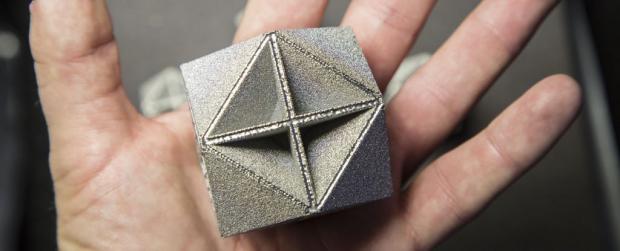
Breaking News
Endless Opportunities on Life's Highway
THE UNCONSTITUTIONAL INCOME TAX
 WOW: Schumer now privately BEGGING to reopen the Gov – Liberal Hivemind
WOW: Schumer now privately BEGGING to reopen the Gov – Liberal Hivemind
 Obamacare's Devastating Legacy: Skyrocketing Costs, Useless Coverage, and Windfall Profits...
Obamacare's Devastating Legacy: Skyrocketing Costs, Useless Coverage, and Windfall Profits...
Top Tech News
 Future of Satellite of Direct to Cellphone
Future of Satellite of Direct to Cellphone
 Amazon goes nuclear with new modular reactor plant
Amazon goes nuclear with new modular reactor plant
 China Is Making 800-Mile EV Batteries. Here's Why America Can't Have Them
China Is Making 800-Mile EV Batteries. Here's Why America Can't Have Them
 China Innovates: Transforming Sand into Paper
China Innovates: Transforming Sand into Paper
 Millions Of America's Teens Are Being Seduced By AI Chatbots
Millions Of America's Teens Are Being Seduced By AI Chatbots
 Transhumanist Scientists Create Embryos From Skin Cells And Sperm
Transhumanist Scientists Create Embryos From Skin Cells And Sperm
 You've Never Seen Tech Like This
You've Never Seen Tech Like This
 Sodium-ion battery breakthrough: CATL's latest innovation allows for 300 mile EVs
Sodium-ion battery breakthrough: CATL's latest innovation allows for 300 mile EVs
 Defending Against Strained Grids, Army To Power US Bases With Micro-Nuke Reactors
Defending Against Strained Grids, Army To Power US Bases With Micro-Nuke Reactors
This New Metamaterial Is the First to Reach the Theoretical Limits of Stiffness

Scientists have demonstrated that the design of their new 3D metamaterial is the first structure of its kind to achieve the theoretical limit of stiffness.
Called Isomax, the material is a hard foam based on a repeating formation of geometrically shaped cells. Structures like this are an example of what's called a heterogeneous material – made up of different components – and despite Isomax mostly being air and empty space, it's actually the toughest such composite ever designed.
"The Isomax geometry is maximally stiff in all directions," explains materials scientist Jonathan Berger from UC Santa Barbara.
Berger originally conceived of the design for Isomax in 2015, when he was searching for a material with the highest possible stiffness to lightness ratio.
UCSB Researcher Jonathan Berger on The Most Efficient Material in The World from UC Santa Barbara on Vimeo.

 SpaceX Heat Shield and Starship Mass Production
SpaceX Heat Shield and Starship Mass Production

